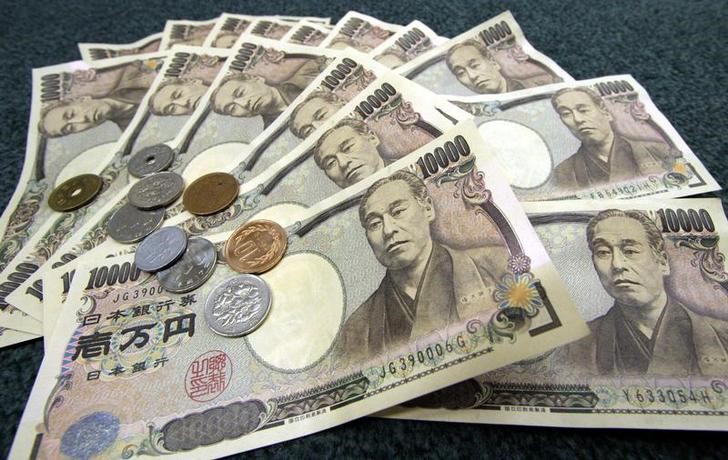TOKYO (Reuters) - Japan's output gap widened in July-September as the economy slipped into recession, the Cabinet Office said on Thursday, highlighting the difficulty the Bank of Japan faces in guiding inflation to a 2 percent target.
The output gap was minus 2.7 percent in the third quarter, more than minus 2.2 percent in the previous quarter, the Cabinet Office said.
A negative output gap - or the difference between actual and potential gross domestic product - suggests that output is less than what the country can produce at full capacity, which is a sign of weak demand and deflationary pressure.
The BOJ stunned investors on Oct. 31 by expanding its government debt and risk asset purchases after a decline in oil prices threatened its goal to guide inflation to around 2 percent by some time in fiscal 2015.
However, many economists say the BOJ will miss its target because oil prices have fallen further and consumer spending has been very slow to recover from a sales tax increase in April.

The tax increase, along with weak business spending, helped push Japan into recession in the middle of this year.
(Reporting by Stanley White; Editing by Robert Birsel)